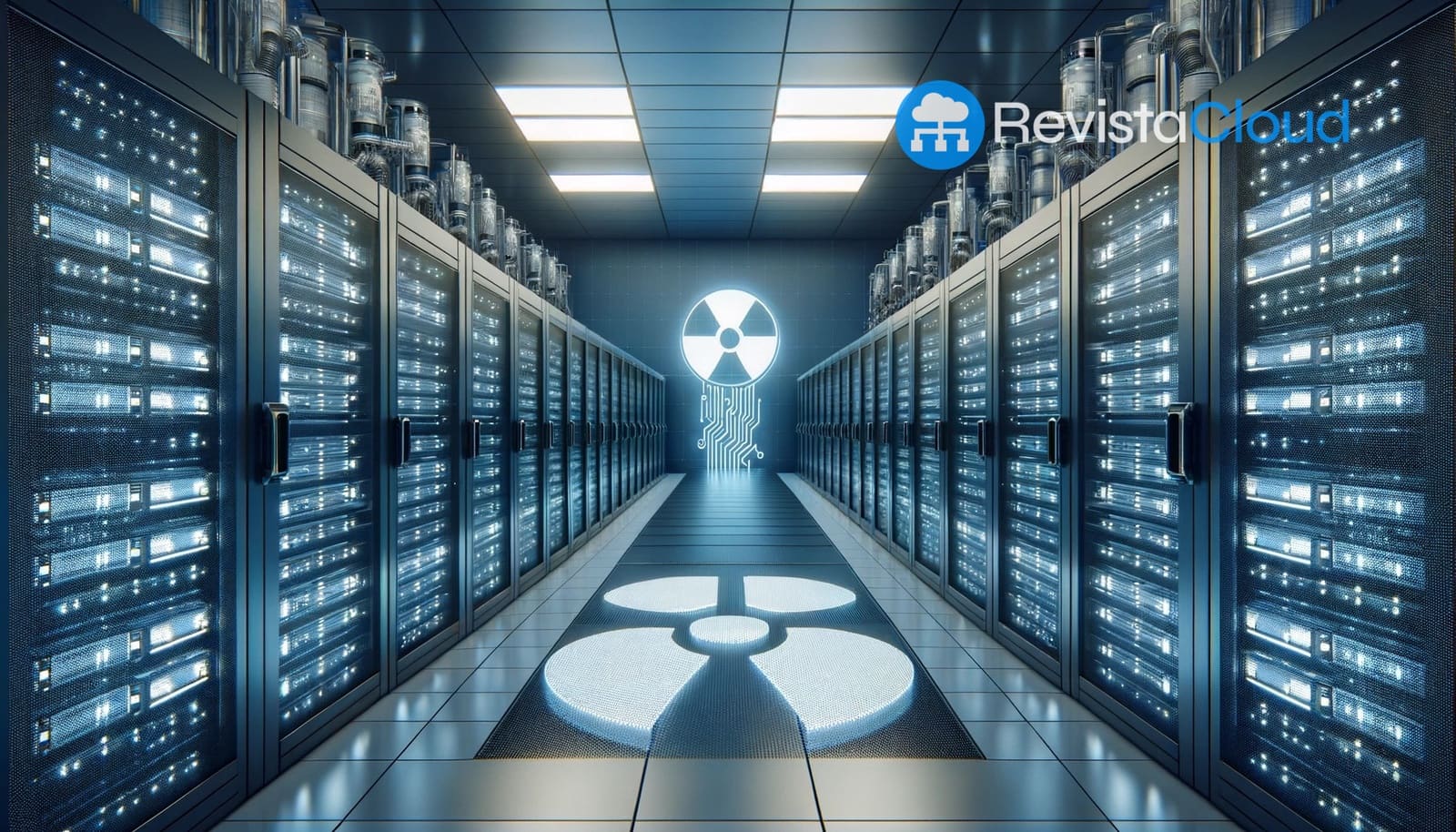The new technology developed in the Gobi Desert could transform the future of global energy and position China as a leader in fourth-generation nuclear reactors.
China has taken a crucial step towards energy independence and environmental sustainability with the commissioning of the world’s first thorium molten salt nuclear reactor. This technological milestone, achieved in October 2024 with the first full-scale fuel loading, reinforces the Asian giant as a pioneer in implementing this innovative model of nuclear generation.
The experimental facility is located in the Gobi Desert, in Gansu Province, and is part of an ambitious long-term strategic plan led by the Chinese Academy of Sciences (CAS). The project is headed by nuclear physicist Xu Hongjie, who emphasizes that success comes from a persistent and sustained vision: “There are no easy victories in the nuclear world. You need to focus on one thing for 20 or 30 years.”
A Safe and Sustainable Alternative
The thorium reactor represents a fourth-generation nuclear technology that promises to address many of the historical challenges of atomic energy. It uses a mixture of molten salts as a coolant, which allows it to operate at low pressure and eliminates the risk of explosions associated with conventional reactors. Additionally, it employs thorium instead of uranium, a fuel that is more abundant, less radioactive, and poses lower risks of nuclear proliferation.
Among the main advantages of the system are:
- Significant reduction in long-lived nuclear waste.
- Passive safety against catastrophic failures (the reactor automatically shuts down without human intervention if an anomaly is detected).
- Low operational pressure, minimizing the risk of leaks and accidents.
- Immunity to uncontrolled chain reactions, like those experienced at Chernobyl or Fukushima.
With 280,000 tons of thorium in reserves, China has a solid foundation to develop this technology on a large scale for centuries.
From Research to Commercial Expansion
The project began in 2009 and gained traction after construction commenced in 2018. In just two years, the workforce grew from a few dozen to over 400 scientists, reflecting the government’s commitment to energy innovation. Currently, the reactor operates on a pilot scale, but new development phases are already in the works.
One of these phases is the construction of a small modular reactor of 10 MWe in the city of Wuwei, also in Gansu. Construction will begin in 2025, and it is expected to be operational by 2030. This reactor will serve as a testing base for technologies in high-radiation conditions and as a model for future commercial installations in various provinces across the country.
Nuclear Energy for the Naval Industry
The push for this technology is not limited to land-based applications. Jiangnan Shipyard, one of China’s largest shipyards, has presented conceptual designs for ships powered by thorium molten salt reactors. These vessels would eliminate traditional engine rooms, allowing for greater cargo space and operational efficiency. Additionally, the reactor would provide a clean, safe, and emission-free energy source, even in emergency scenarios.
A New Energy Paradigm
China is strongly committed to leading the clean nuclear energy revolution, reducing its dependence on coal and decreasing its carbon footprint in line with its international commitments. The development of the thorium molten salt reactor not only opens a new technological era but also redefines the global strategy on energy security, decarbonization, and sustainability.
International experts are closely monitoring the progress of the Chinese model, which could lay the groundwork for global adoption of this technology in the coming decades. Meanwhile, the experience accumulated by the Asian country positions it as a key player in the energy transition of the 21st century.
Source: La República

